Limited time offer!
JULY SALE, use code "JULY10" to get 10% OFF
Incorporating fenugreek into your diet can help you naturally grow bigger breasts, relieve menstrual cramps, and manage your symptoms when menopause hits.
Beyond these uses, fenugreek is also a popular spice used to add a slightly sweet and nutty flavor to various dishes.
It’s this ingredient that makes your home-cooked chicken curry or lentil stew taste exactly like its restaurant counterparts.
You’ll also be interested to know that fenugreek:
It’s easy to see why Indian, North African, and Middle Eastern cuisines use fenugreek: no other spice can match its complex flavor.

As we mentioned above, you can use fenugreek as a herb or a spice.
You can use fresh fenugreek leaves to flavor curries, soups, dry rubs, and sauces. Alternatively, you can use dried leaves as a last-minute addition when cooking the dishes below since fenugreek leaves retain most of their flavor even when dried.
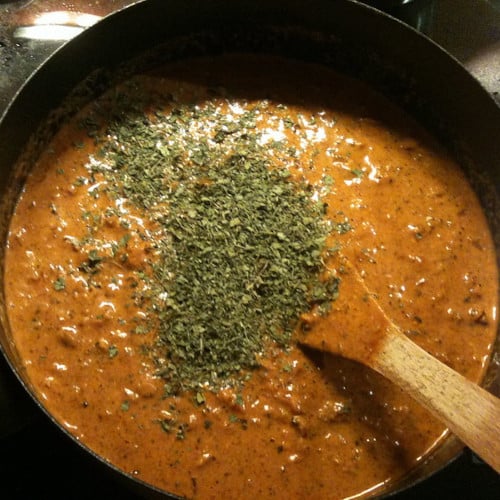
|
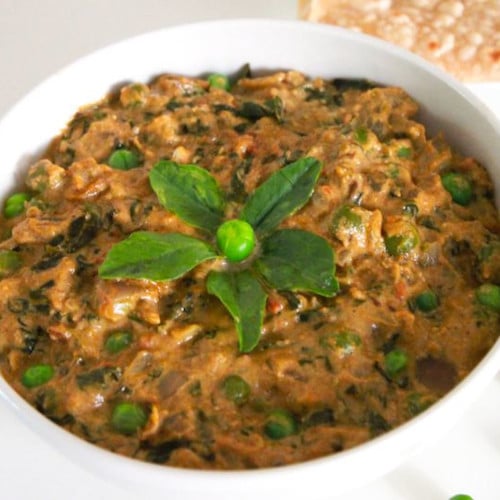
|
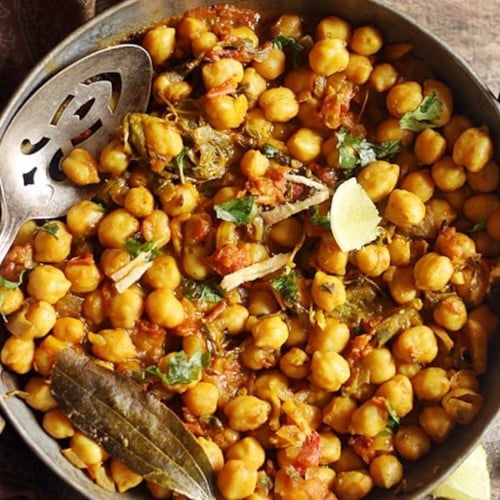
|
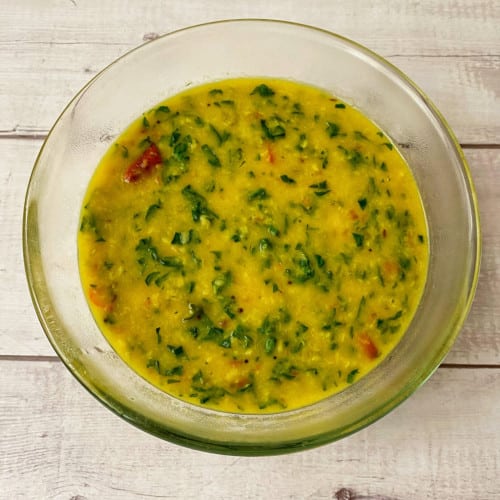
|
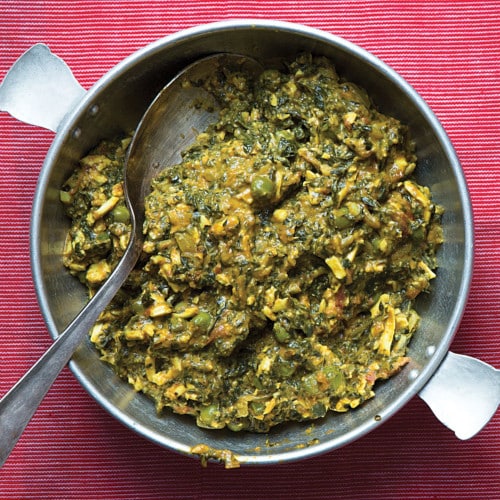
|
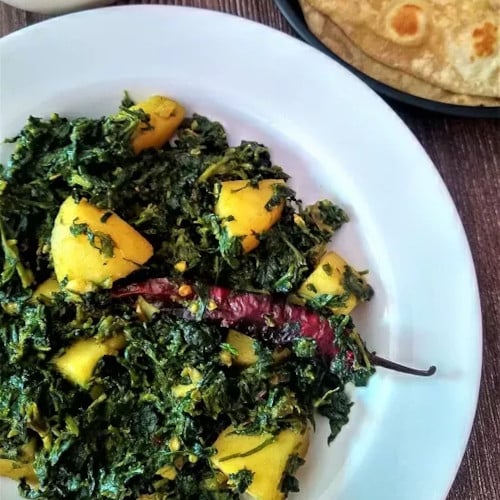
|
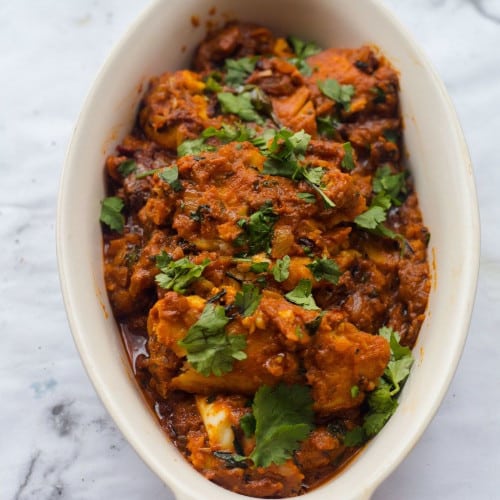
|
You can also toss fenugreek leaves and sprouts into salads and other vegetable dishes to enhance their flavor.

|

|
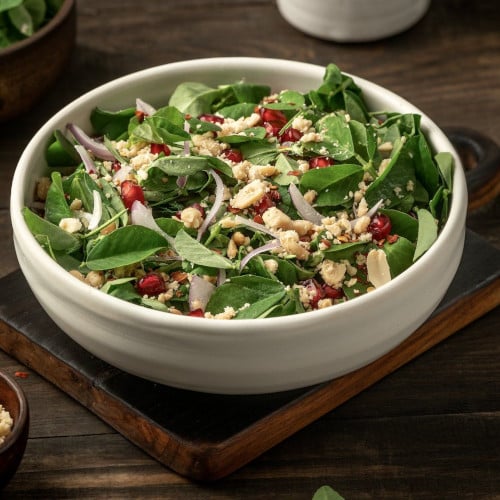
|
Fenugreek seeds, however, benefit from longer cooking because they:
Therefore, when cooking chicken curry or lentil stew, we recommend that you start with fenugreek seeds and finish with either fresh or dried leaves. This method will give your food a distinct combination of long-heated and barely-cooked aromas.
To reduce their bitterness and further bring out their flavor, dry-roast fenugreek seeds in a pan for a few minutes (until they turn brown) before tossing them in your curry when you start cooking.
Adding a squeeze of lemon or lime juice towards the end of your cooking can also help to neutralize any bitter aftertaste and further draw out all the complex flavors in fenugreek.
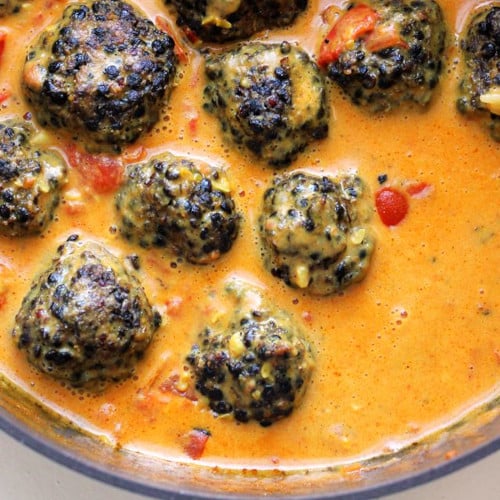
|
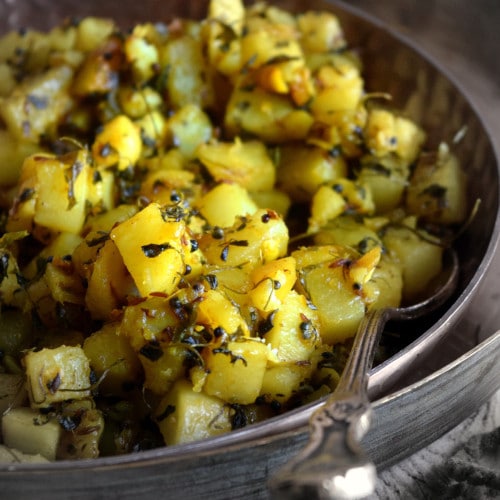
|

|
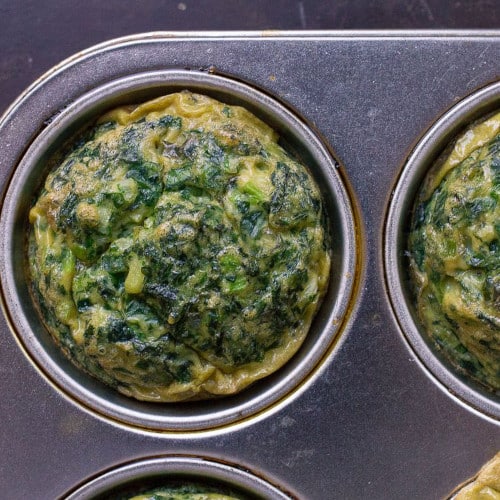
|
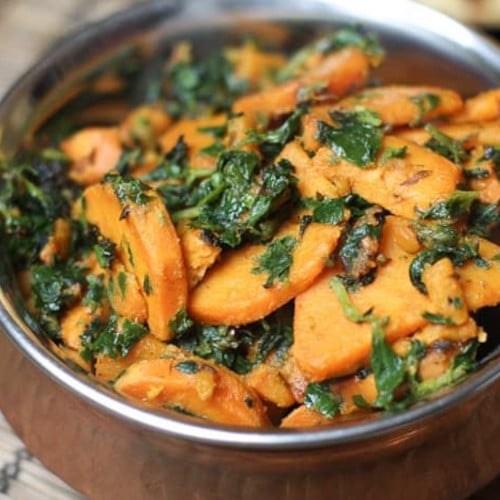
|
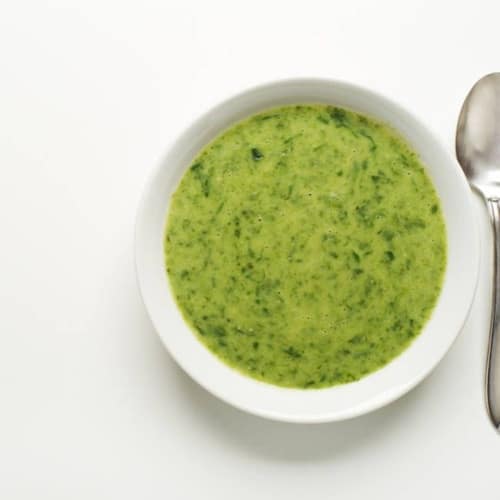
|
Keep in mind that using too much fenugreek can make your food overwhelmingly bitter.
Add a little at a time and pair it with other strong aromatics like cumin, paprika, coriander, cardamom, pepper, and clove for the best results.
Here are a few fenugreek spice blends and recipe ideas you can try:
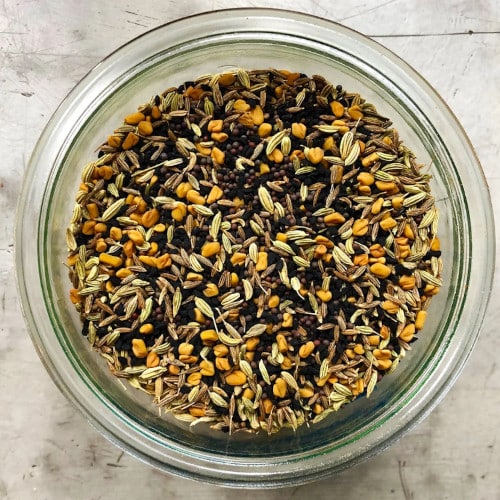
|
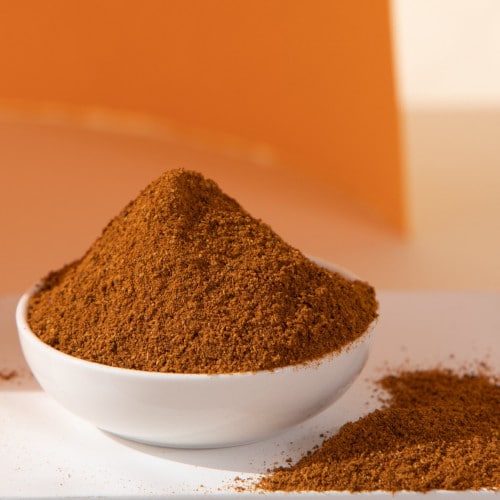
|

|
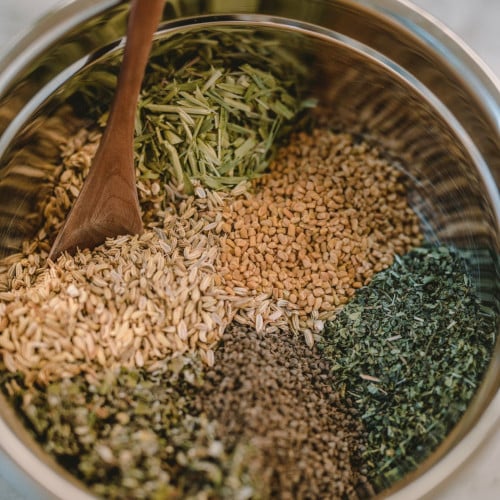
|
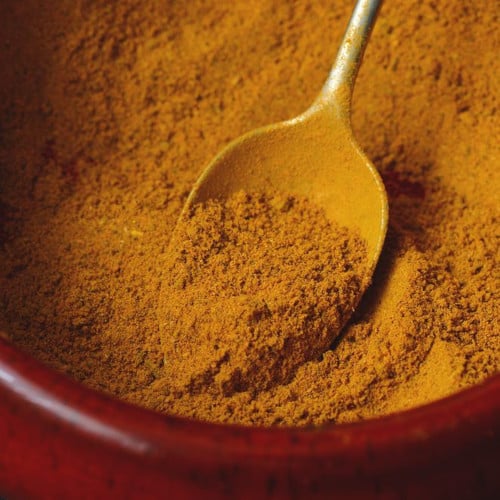
|
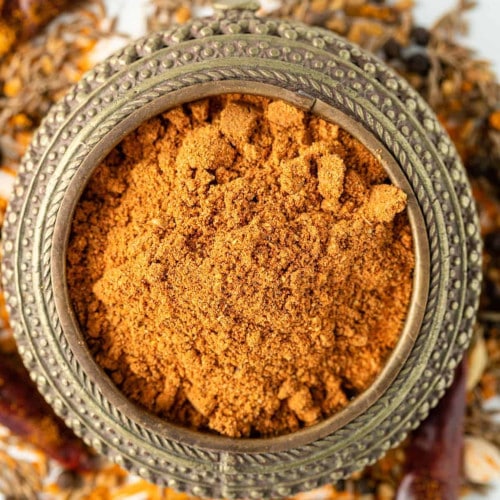
|
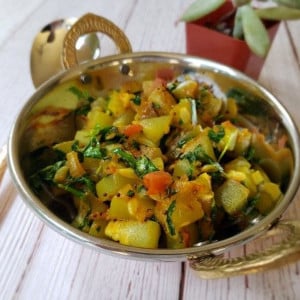
|
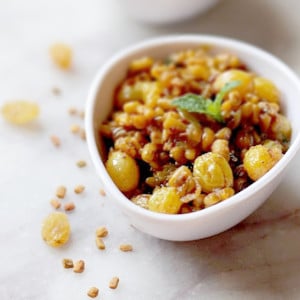
|

|

|
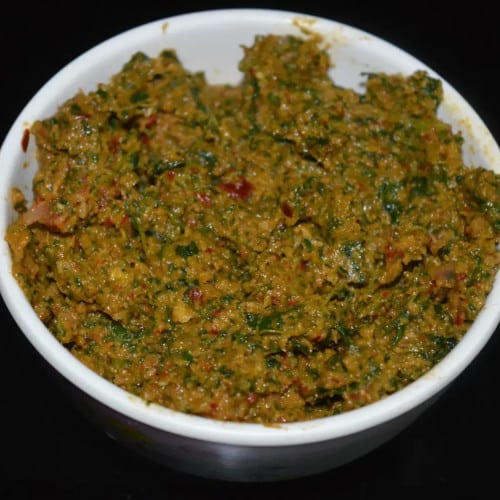
|
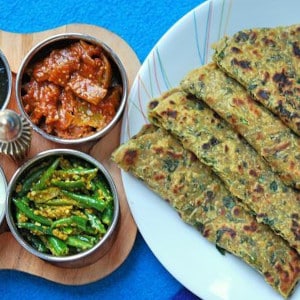
|

|
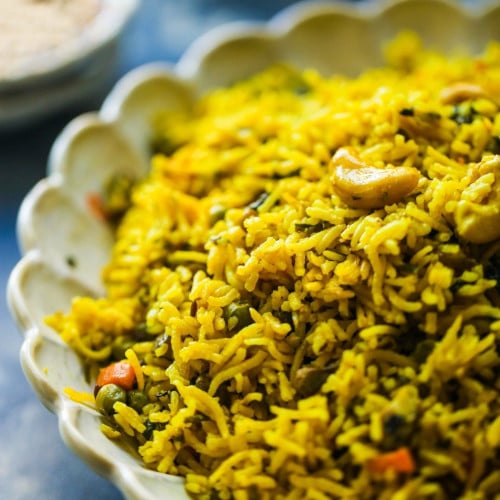
|
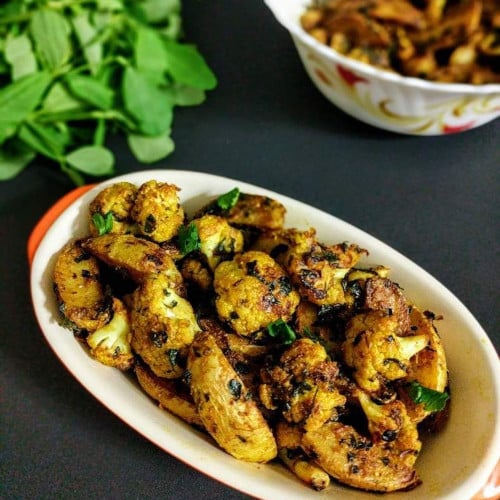
|

|
But this spice does so much more than add flavor to your food.
As you’ll see in the table below, there are a lot of healthy nutrients you can get from just a teaspoon of fenugreek seeds:
| Nutrients In 3.7 Grams Of Fenugreek Seeds | Amount |
| Protein | 0.85 grams |
| Fat | 0.24 grams |
| Carbohydrates | 2.16 grams |
| Dietary Fiber | 0.9 grams |
Fenugreek also contains minerals such as sodium, iron, calcium, and magnesium as well as traces of vitamins A, B-6, and C.
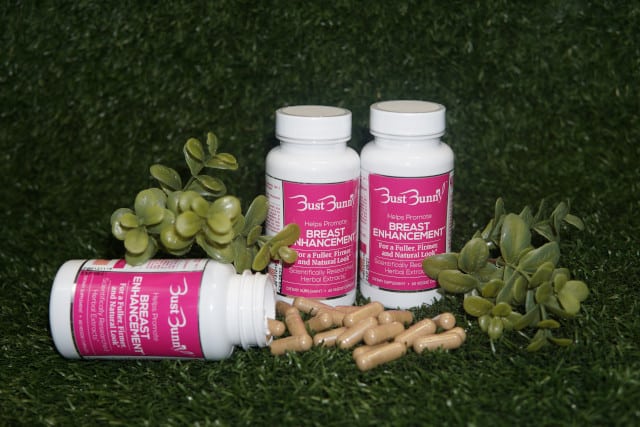
Out of all the methods of consuming fenugreek, we found capsules to be the best because:
While the right way to store fenugreek seeds is inside an airtight container in a cool, dry, and dark place, you can only keep them fresh for up to 6 months with this method. It’s even harder to keep fenugreek leaves fresh unless you dry or freeze them.
Fenugreek capsules, by contrast, exist in compressed, solid, and stable forms and thus have a very long shelf life.
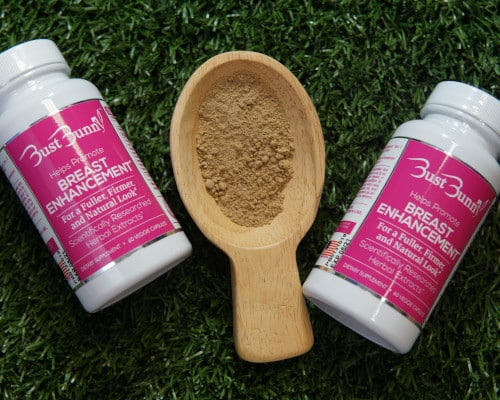
|
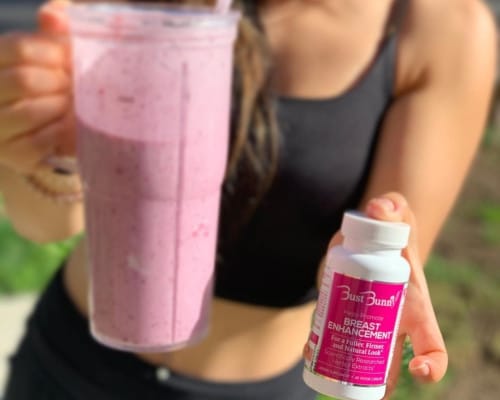
|
Our Bust Bunny Breast Enhancement capsules last as long as a year, but because they’re so effective, our customers typically finish their first bottle within 3 months and immediately purchase another one:
“Today I am finishing my third bottle of Bust Bunny…I have ordered another three-month supply.”
Our vegan-friendly fenugreek capsules are enhanced with other non-GMO ingredients such as flax seed, hops, wild yam root, black cohosh, all of which work to give you fuller breasts without risking your health. We’ve also incorporated vitamin C to give you healthier skin and boost your immune system.
All you have to do is take two capsules daily (each is 600 mg) with 8–16 ounces of water. We recommend that you start with this dose and work your way up until either:
Although you can take our fenugreek capsules at any time, we suggest taking them after you eat. Some of our customers have noticed that they get a slight stomach ache after taking fenugreek on an empty stomach or don’t drink enough water with the pill.
“I don’t have pain to my stomach but do feel acid sometimes when I don’t drink enough water… Drink lots of water.”

There’s nothing like a bittersweet cup of fenugreek tea first thing in the morning. It’s an excellent source of vitamins and minerals and the distinctive maple syrup aroma and flavor will leave you wanting more.
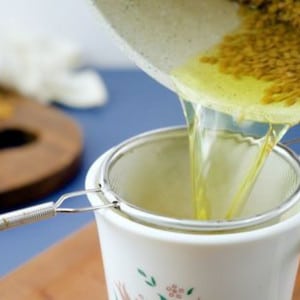
|
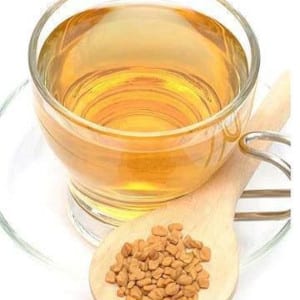
|

|
To make fenugreek tea, follow these steps:
You can mix fenugreek seeds with loose tea leaves or herbs like cinnamon to give your tea a different flavor. To make fenugreek tea using its leaves, all you have to do is:
Since fenugreek seeds are tough, they take longer to brew compared to leaves. To save time, soak a tablespoon of fenugreek seeds in a cup (240 mL) of water overnight, sieve the water the next morning, and drink it warm or cold on an empty stomach.

|

|
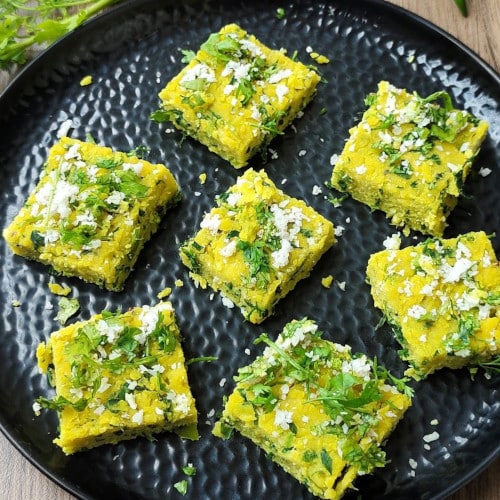
|
Fenugreek tea is caffeine-free, and when combined with other herbs like fennel seeds and cinnamon, it can help you relax as well as grow bigger breasts naturally.
Fenugreek tea can also help you:
Expert Tip: Only drink fenugreek tea up to 3 times a day. Too much will stunt the development of your boobs.
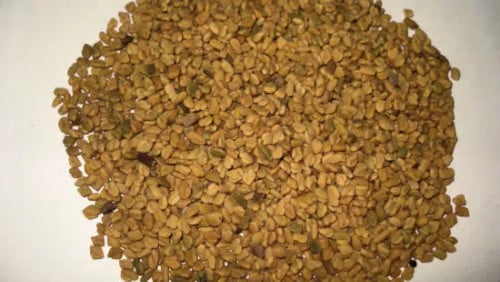
You already know how to add fenugreek seeds and leaves to curry and sauces for that extra punch of flavor, but did you also know that you can eat raw fenugreek seeds?
Eating a tablespoon of soaked fenugreek seeds every day on an empty stomach can help you:
However, since fenugreek seeds are incredibly bitter when raw, we recommend that you eat soaked or sprouted seeds, which are a little easier on your taste buds.
For soaked fenugreek seeds:
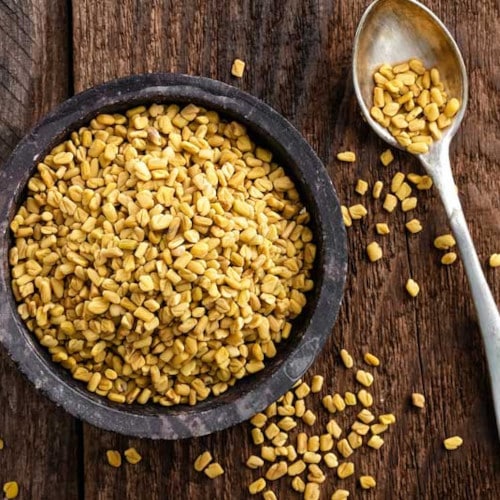
|
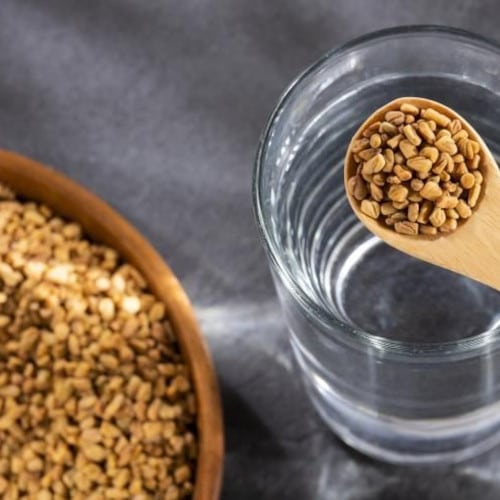
|
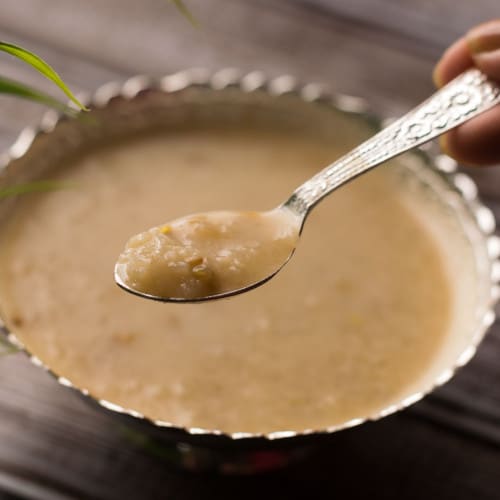
|
For sprouted fenugreek seeds:

|
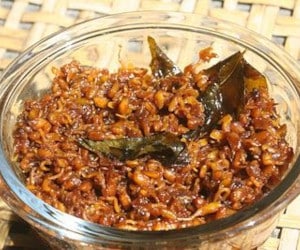
|

|
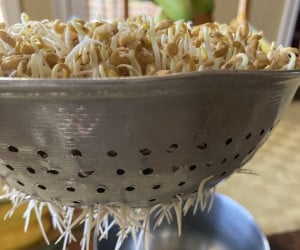
|
So there you have it: some of the easier ways you can include fenugreek in your diet. The undeniable benefits of this natural herb remain whether you cook it in your curry, drink it in your tea, or take one of our Bust Bunny Breast Enhancement capsules.
Remember to consult your doctor before ingesting fenugreek especially if you’re allergic to peanuts or peas because there’s considerable cross-reactivity between these plants.
Share on Instagram:

Share on Facebook:
